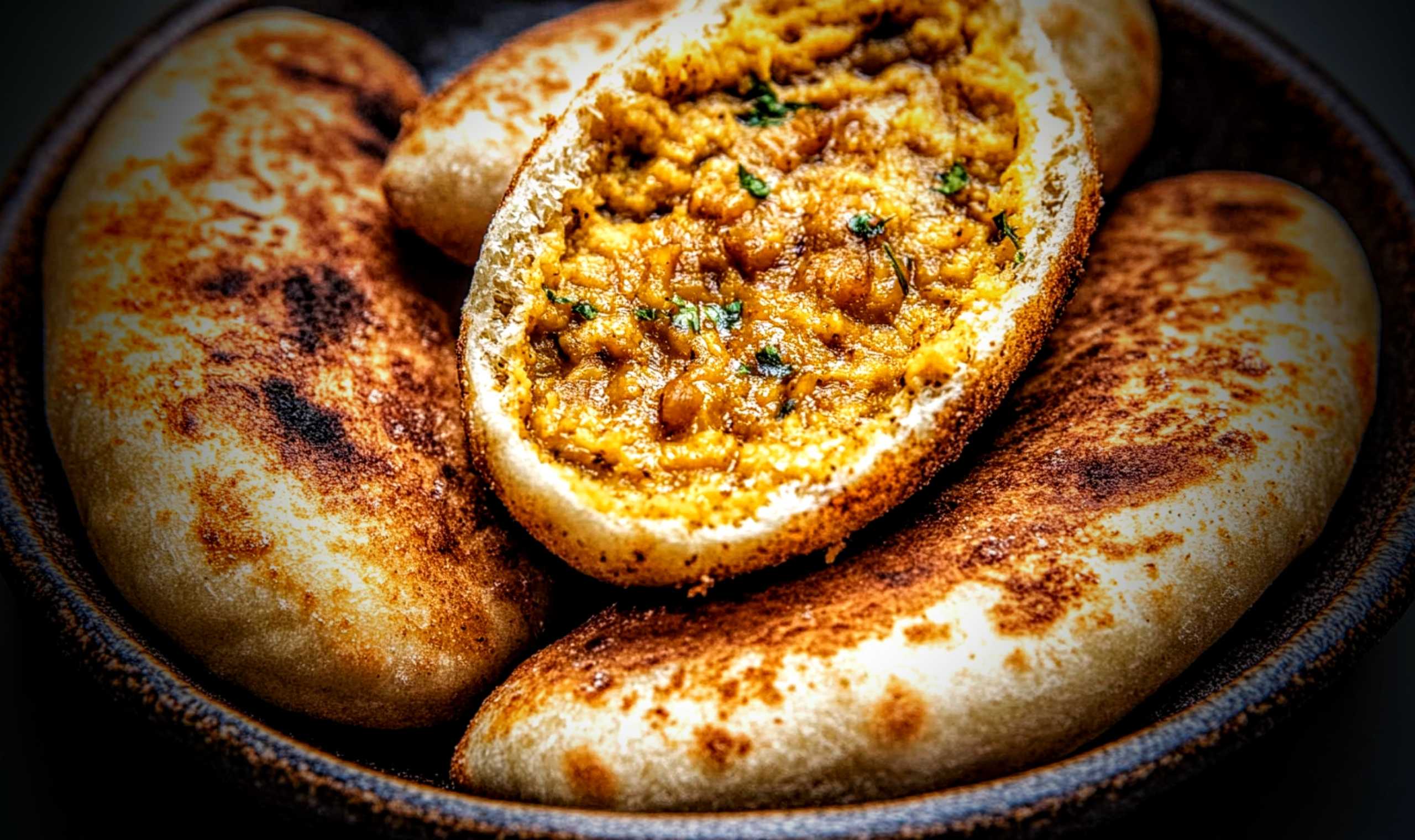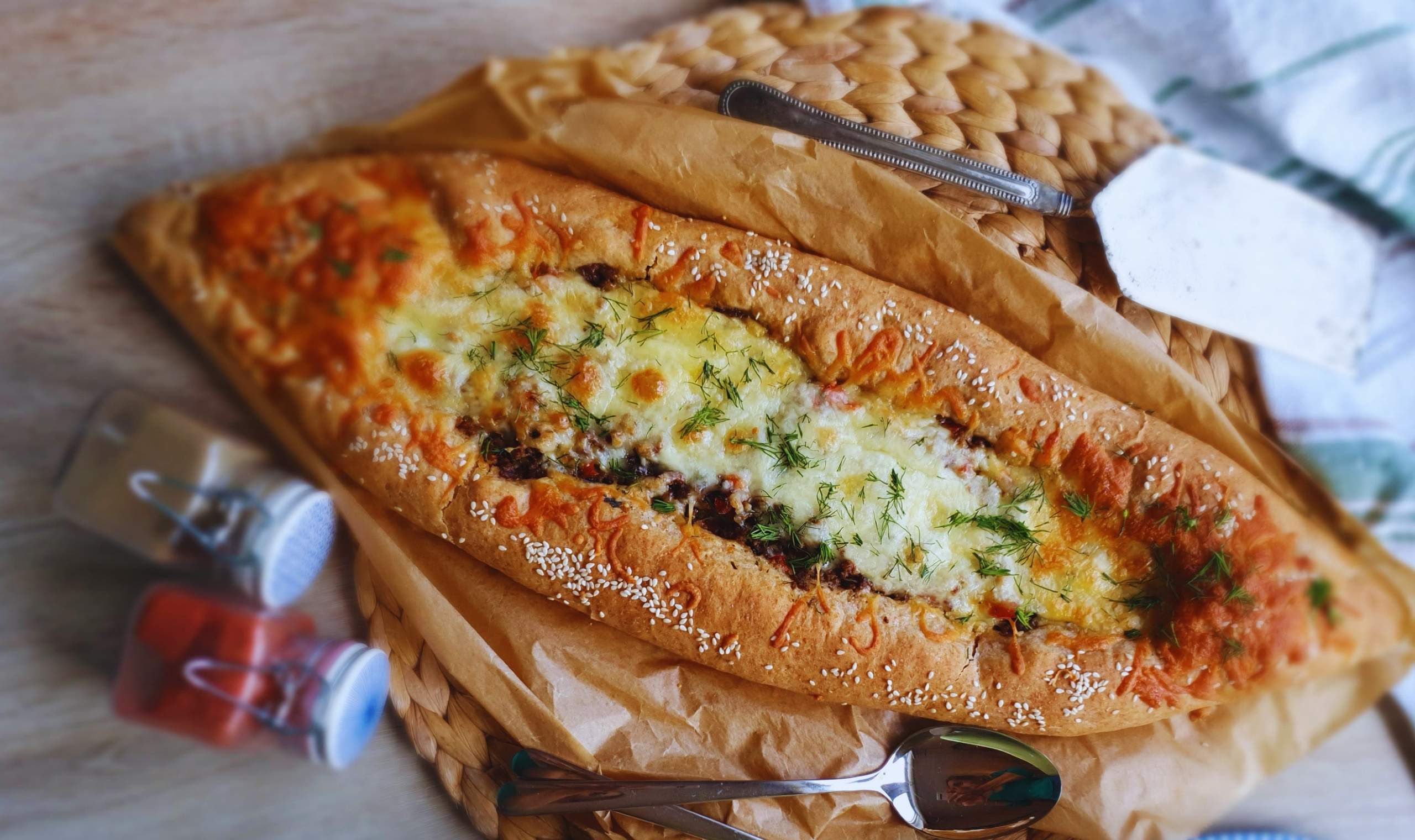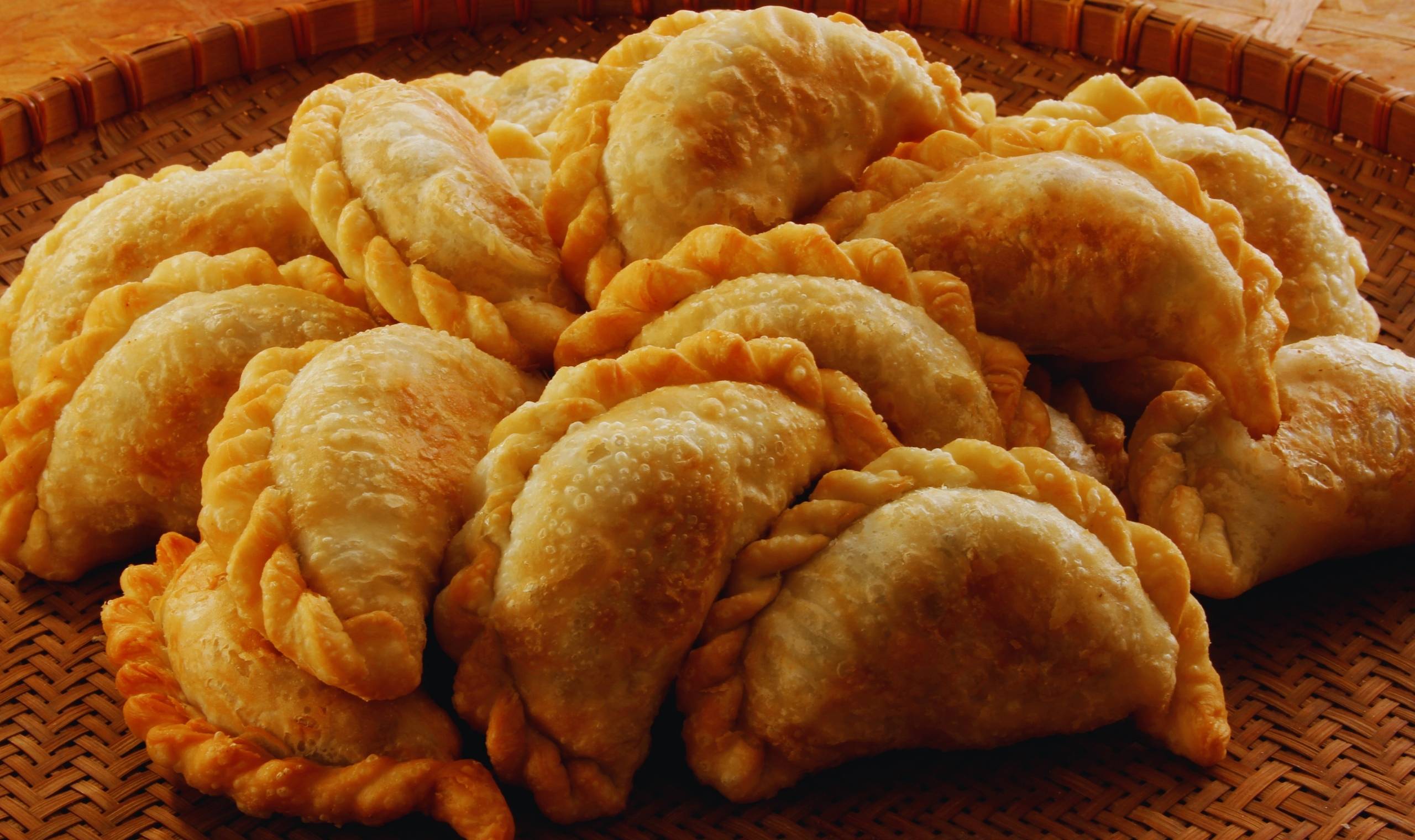Kare Pan: The Delicious Curry Bread
When you think of Japanese cuisine, sushi and ramen might come to mind, but let’s spare a thought for a true underdog: kare pan. Yes, curry bread. If you’re not already acquainted with this deep-fried marvel, you’re about to enter a carb-filled world of crispy, savoury bliss. Crunchy on the outside, warm and gooey on the inside, kare pan is Japan’s culinary way of saying, “Let’s turn comfort food up to eleven.”
A Brief History of Kare Pan
Kare pan’s origins date back to early 20th century Japan, a time when the country was enthusiastically embracing Western influences in its food. Curry itself was introduced to Japan by the British during the Meiji period (1868–1912), and it was love at first bite. By the Taisho period (1912–1926), curry rice was already a staple, and bakers began toying with the idea of stuffing this magical mix into bread. Genius.
The exact creator of kare pan remains a mystery—it’s the Banksy of baked goods—but many attribute its rise to fame to bakeries in Tokyo during the 1920s and 1930s. Over time, kare pan transitioned from bakery niche to cultural icon, becoming a staple at convenience stores and bakeries across Japan. Today, it’s impossible to imagine a bread aisle without a pile of these golden goodies waiting to tempt you.
Kare Pan in Pop Culture
Famous people loving kare pan? You bet. Manga artists and anime creators have often sneaked it into their stories. A great example is Osamu Tezuka, the godfather of manga, who reportedly enjoyed kare pan as his go-to snack during long drawing sessions. Modern-day celebrities in Japan still rave about it, and you’ll often catch kare pan’s cameo in cooking shows or travel vlogs. In short, it’s a snack with a fan club.
What Makes Kare Pan So Special?
Kare pan is not your average curry-filled pastry. For starters, the bread itself is soft, airy, and lightly sweetened, perfectly offsetting the savoury curry filling. The outer layer? A breadcrumb coating that crisps up beautifully when deep-fried. Inside, the curry is thick, mildly spicy, and aromatic, often featuring chunks of meat or vegetables for added texture.
The beauty of this Japanese curry bread pan lies in its versatility. It’s equally delightful as a quick snack, a picnic staple, or even a cheeky breakfast option for those mornings when toast just won’t cut it.
Drinks to Pair with Kare Pan
You wouldn’t think a humble curry bread would have drink pairings, but let’s give kare pan the sophistication it deserves. The pairing depends largely on the type of curry filling:
Tea
Green tea, with its grassy notes and mild bitterness, is a classic option that cleanses the palate between bites. If you prefer something heartier, try roasted barley tea (“Mugicha”), which complements the curry’s warmth.
Coffee
For a morning pick-me-up, kare pan and a cup of coffee—black or lightly sweetened—is surprisingly divine. The bitter coffee balances the curry’s richness.
Beer
For those who enjoy kare pan during happy hour (why not?), a crisp lager or light ale works wonders. The carbonation cuts through the fried coating, making each bite feel lighter than it is.
Soft Drinks
If you’re after a non-alcoholic option, try sparkling water with a squeeze of lemon or lime. The citrus adds a refreshing contrast to the spice.
Varieties of Kare Pan
Kare pan may have humble beginnings, but its evolution has been anything but boring. These are just a few variations to keep an eye out for:
Classic
The OG of curry bread. Typically filled with mildly spiced beef or pork curry, it’s the blueprint from which all other versions spring.
Spicy
For those who love a bit of heat, this version cranks up the spice with extra chilli, garam masala, or even a splash of Tabasco. Perfect for the spice enthusiast.
Vegetarian
Not all heroes wear capes, and not all curry breads need meat. Vegetarian versions often feature potato, carrot, and peas, sometimes with a hint of coconut milk for creaminess.
Cheese
You read that right. Some genius decided to add melty cheese to the filling, and the result is pure decadence. It’s like a curry bread took a gap year in France.
Baked
A slightly healthier version (though let’s not kid ourselves), baked kare pan skips the deep fryer. The result is a less oily, though equally satisfying, treat.
Making Curry Bread at Home
Ready to dive into the world of DIY kare pan? Below are three recipes to suit every level of culinary courage.
Classic Kare Pan Recipe
Ingredients:
- 500g bread flour
- 7g instant yeast
- 50g sugar
- 1 tsp salt
- 250ml warm milk
- 1 egg
- 50g unsalted butter (softened)
- 200g curry (leftover curry works beautifully)
- Panko breadcrumbs
- Vegetable oil (for frying)
Method:
- Combine bread flour, yeast, sugar, and salt in a large mixing bowl.
- Add warm milk and egg. Mix until a dough forms.
- Knead the dough for about 10 minutes until smooth. Add butter and knead for another 5 minutes.
- Cover and let rise for 1 hour or until doubled in size.
- Divide the dough into 10 portions. Flatten each piece, place a spoonful of curry in the centre, and seal.
- Coat each bread piece in panko breadcrumbs.
- Heat oil in a deep pan to 180°C. Fry the kare pan until golden brown.
- Drain on paper towels and serve warm.
Spicy Cheese Kare Pan Recipe
Ingredients:
- 500g bread flour
- 7g instant yeast
- 50g sugar
- 1 tsp salt
- 250ml warm milk
- 1 egg
- 50g unsalted butter (softened)
- 200g spicy curry
- 100g grated mozzarella
- Panko breadcrumbs
- Vegetable oil (for frying)
Method:
- Follow steps 1-4 from the classic recipe.
- Flatten each piece of dough, place a spoonful of spicy curry and a pinch of mozzarella in the centre, and seal.
- Coat in breadcrumbs and fry as per the classic recipe.
Baked Vegetarian Kare Pan Recipe
Ingredients:
- 500g bread flour
- 7g instant yeast
- 50g sugar
- 1 tsp salt
- 250ml warm milk
- 1 egg
- 50g unsalted butter (softened)
- 200g vegetable curry
- Panko breadcrumbs
- Olive oil (for brushing)
Method:
- Follow steps 1-4 from the classic recipe.
- Fill each piece with vegetable curry and seal.
- Coat in breadcrumbs, then brush lightly with olive oil.
- Bake in a preheated oven at 200°C for 15-20 minutes or until golden.
Whether you’re a kare pan newbie or a seasoned enthusiast, one thing’s certain: there’s no wrong way to enjoy this crunchy, savoury delight. Just make sure you’ve got a drink on hand and enough to share—or don’t. We won’t judge.



